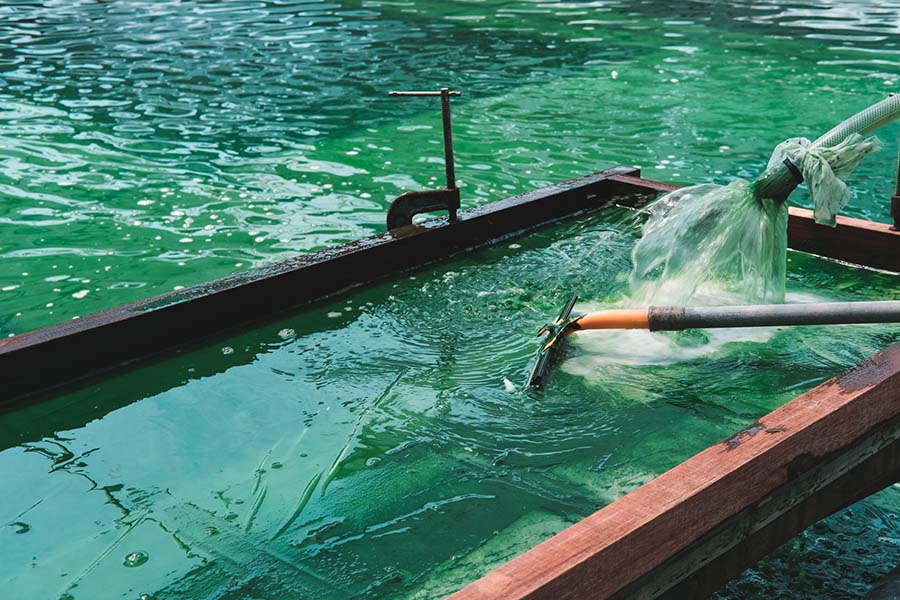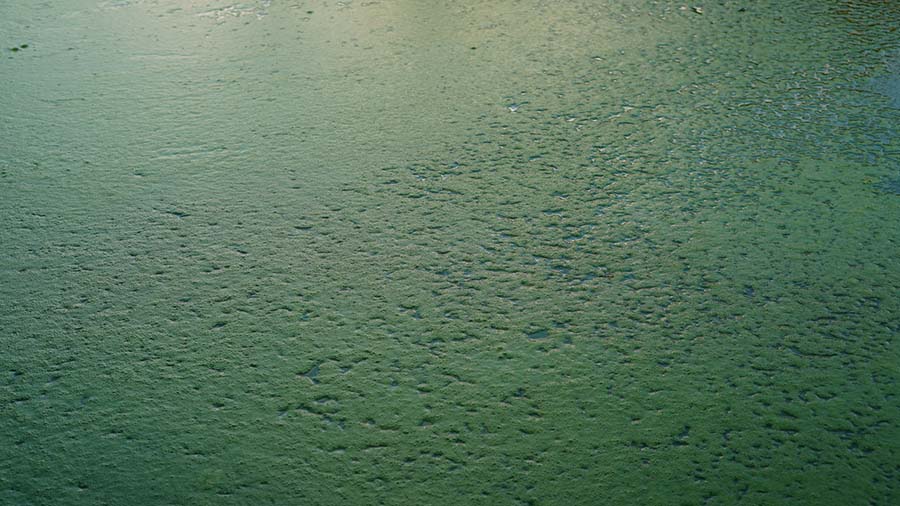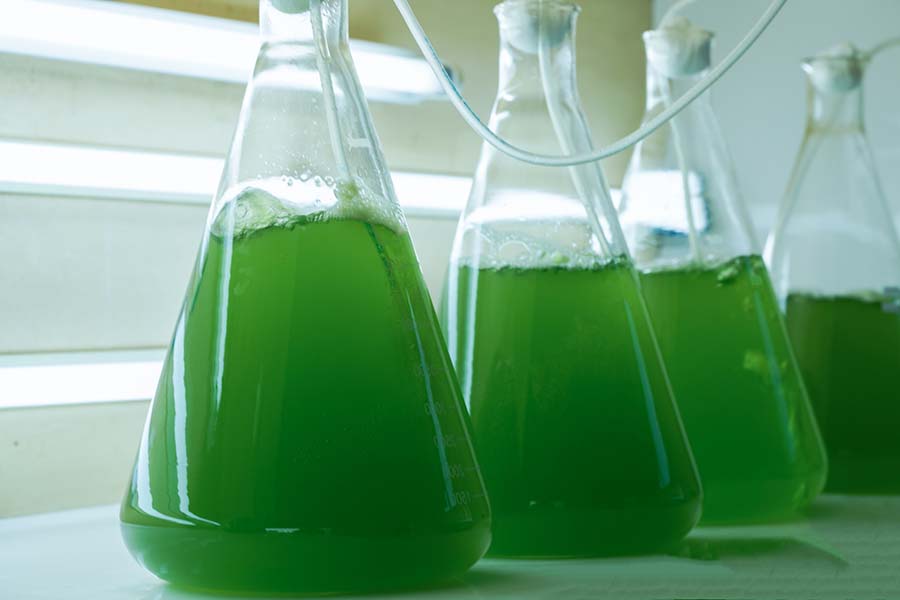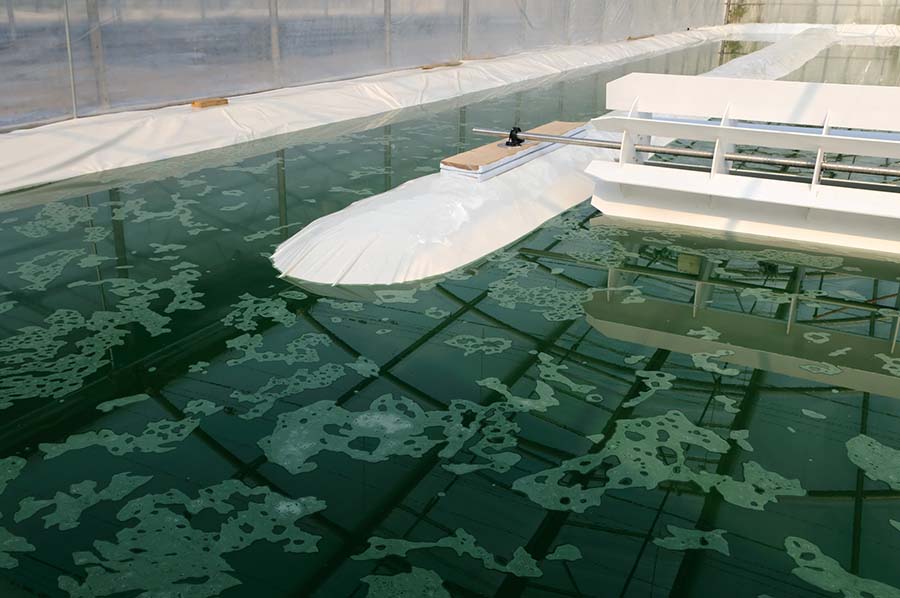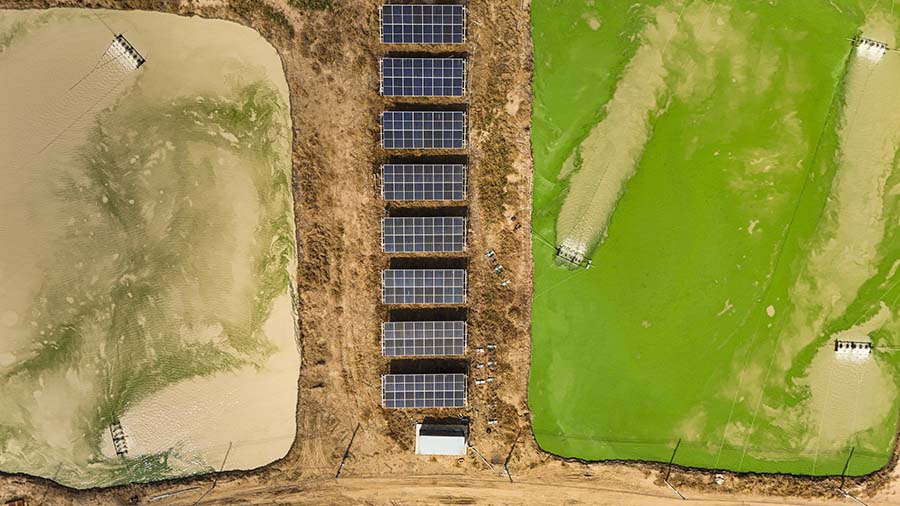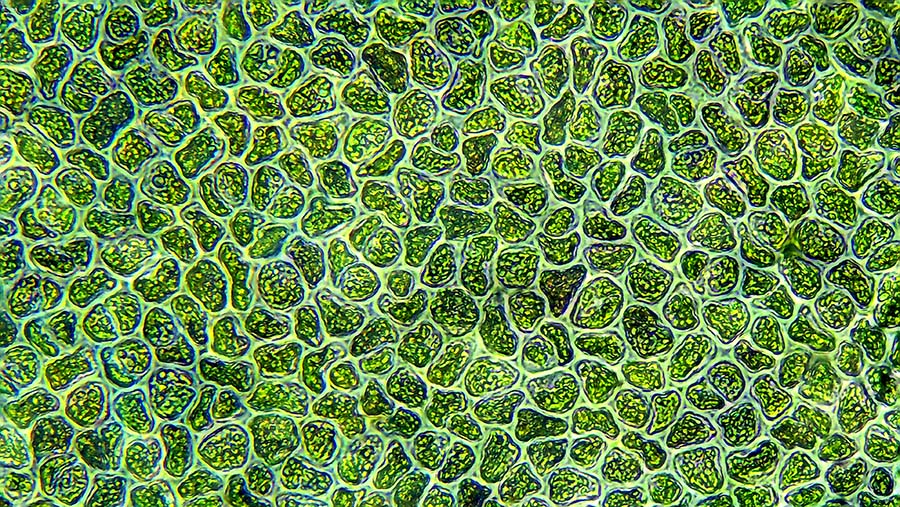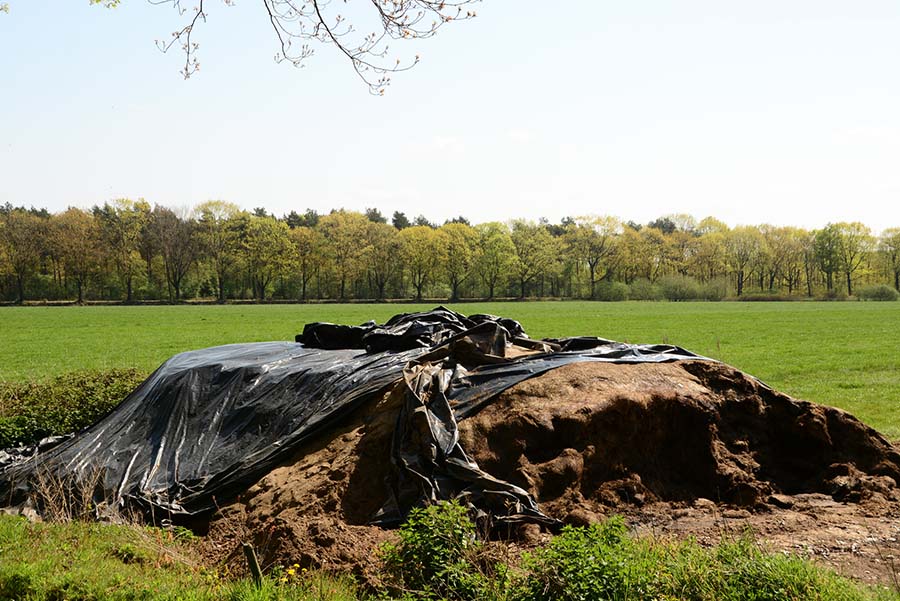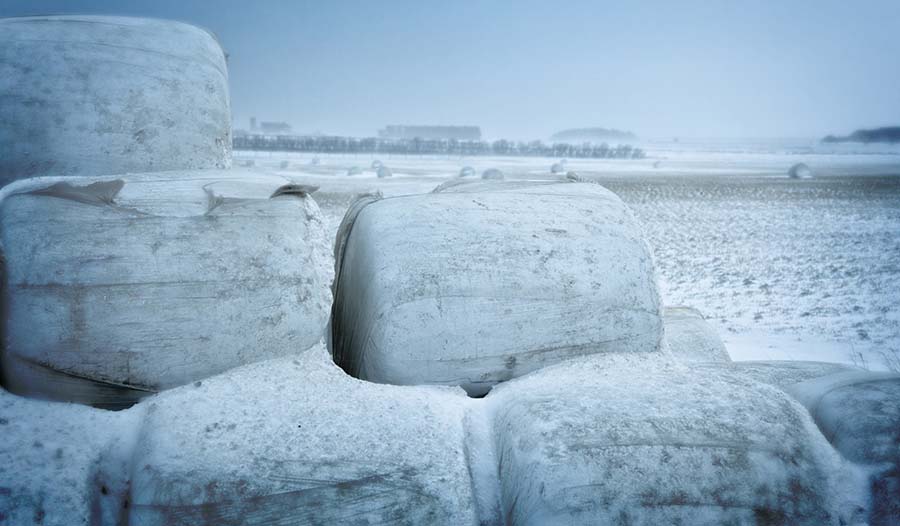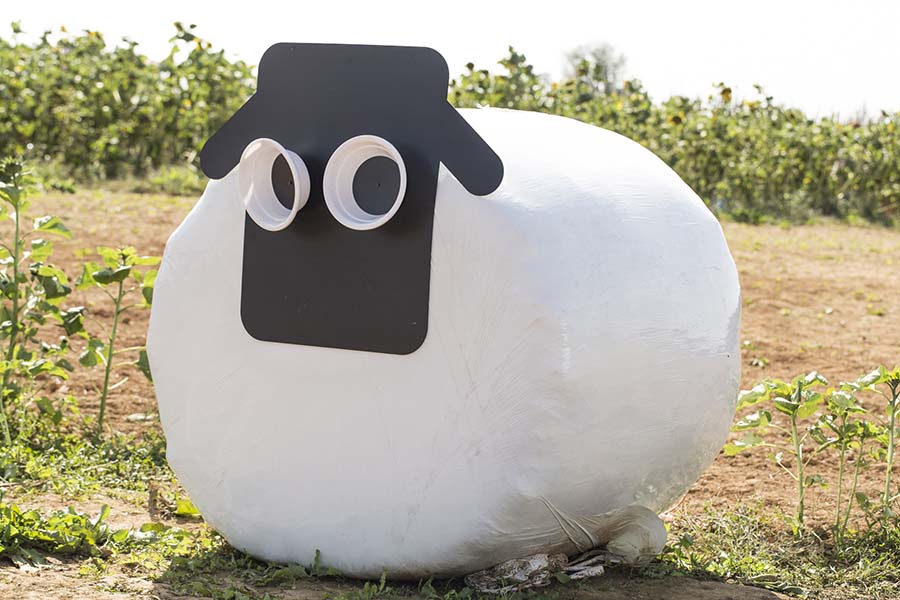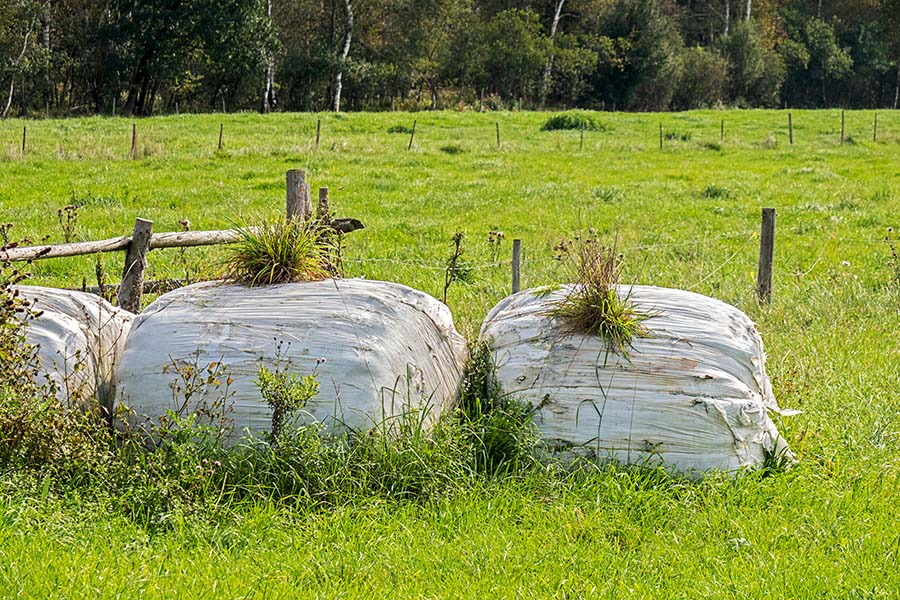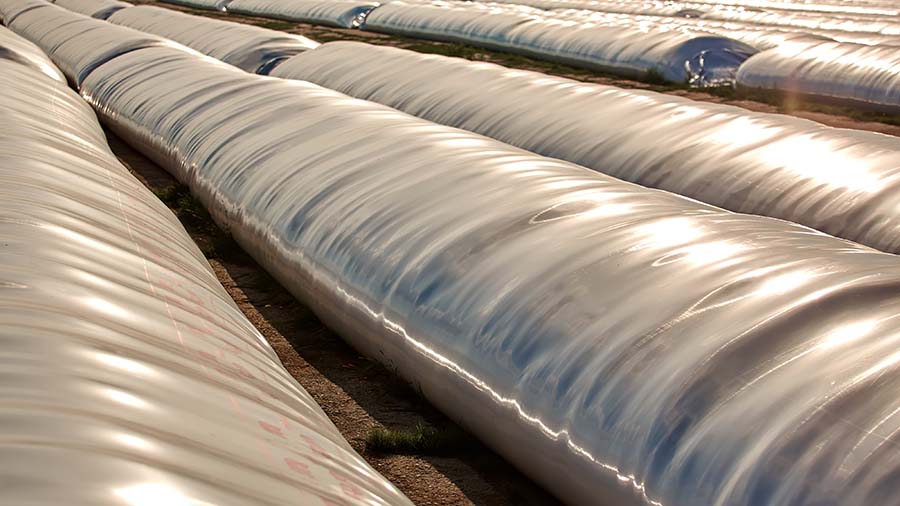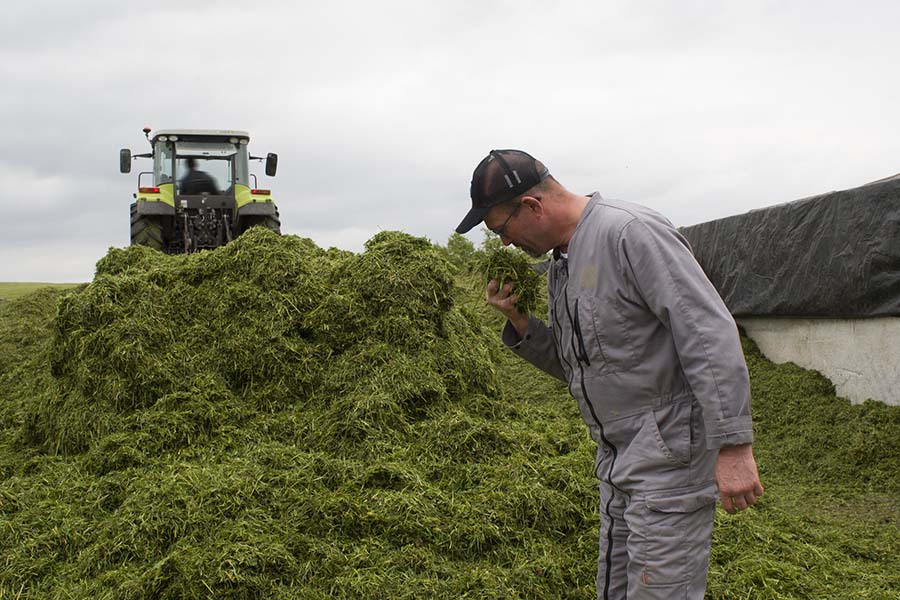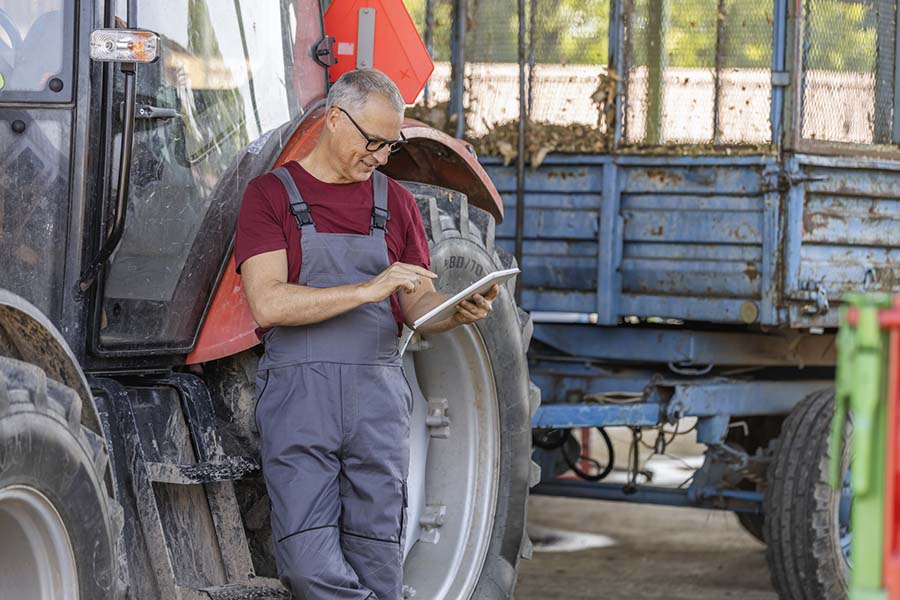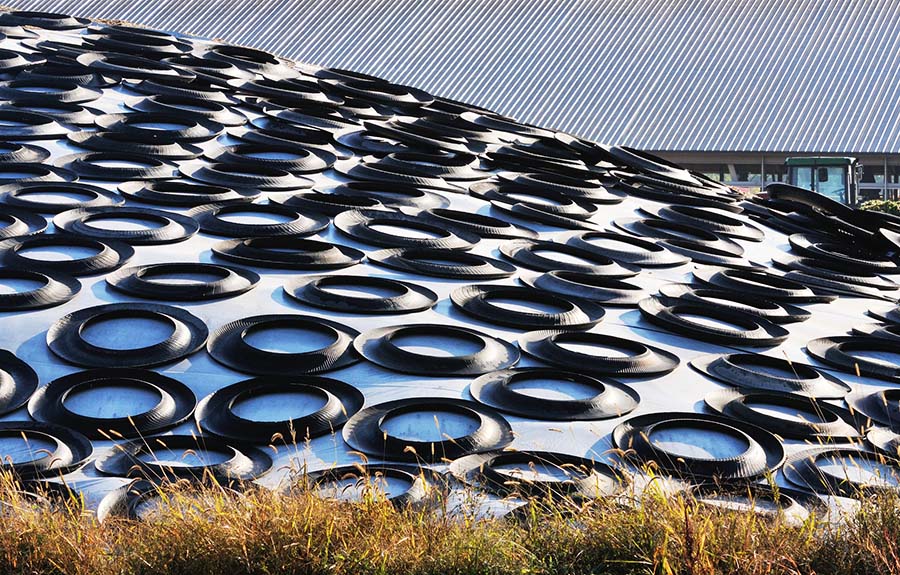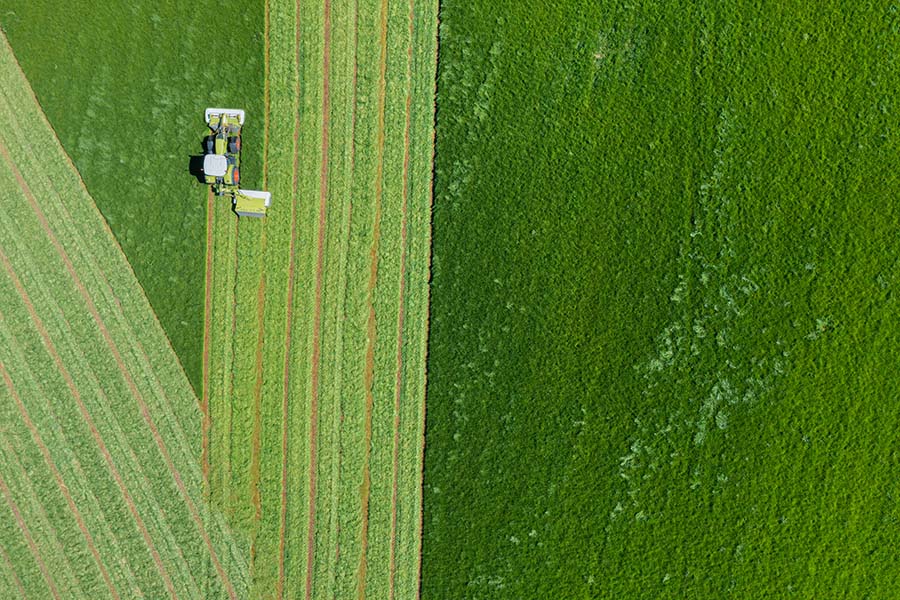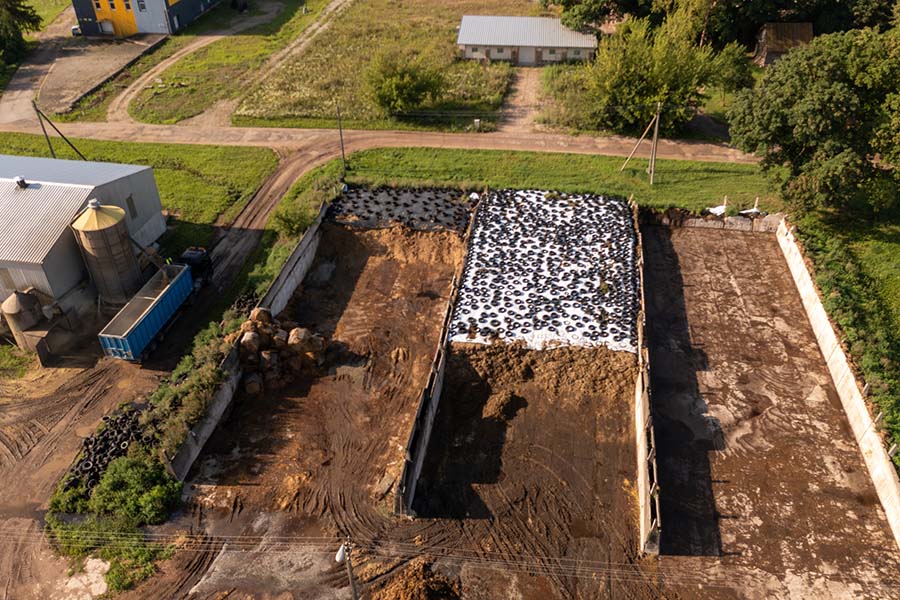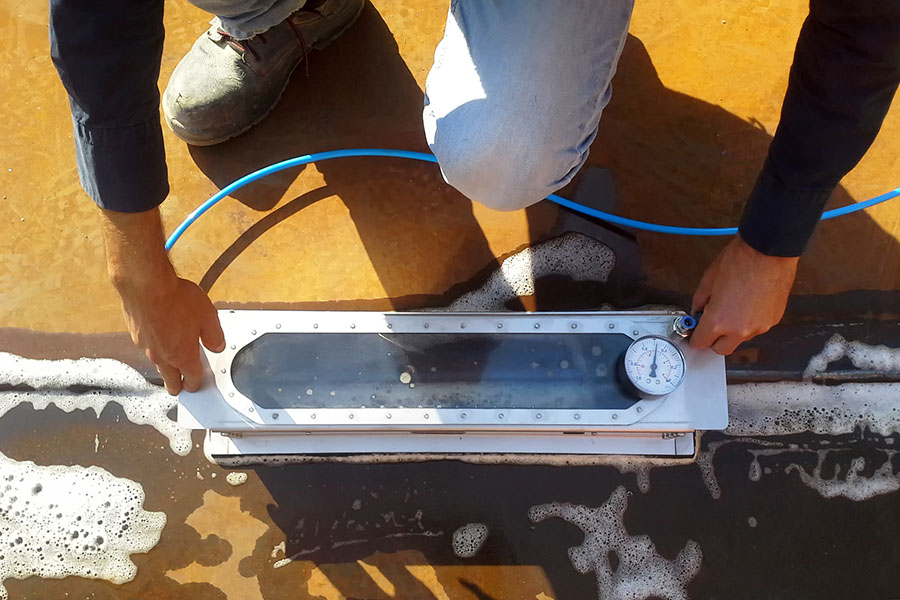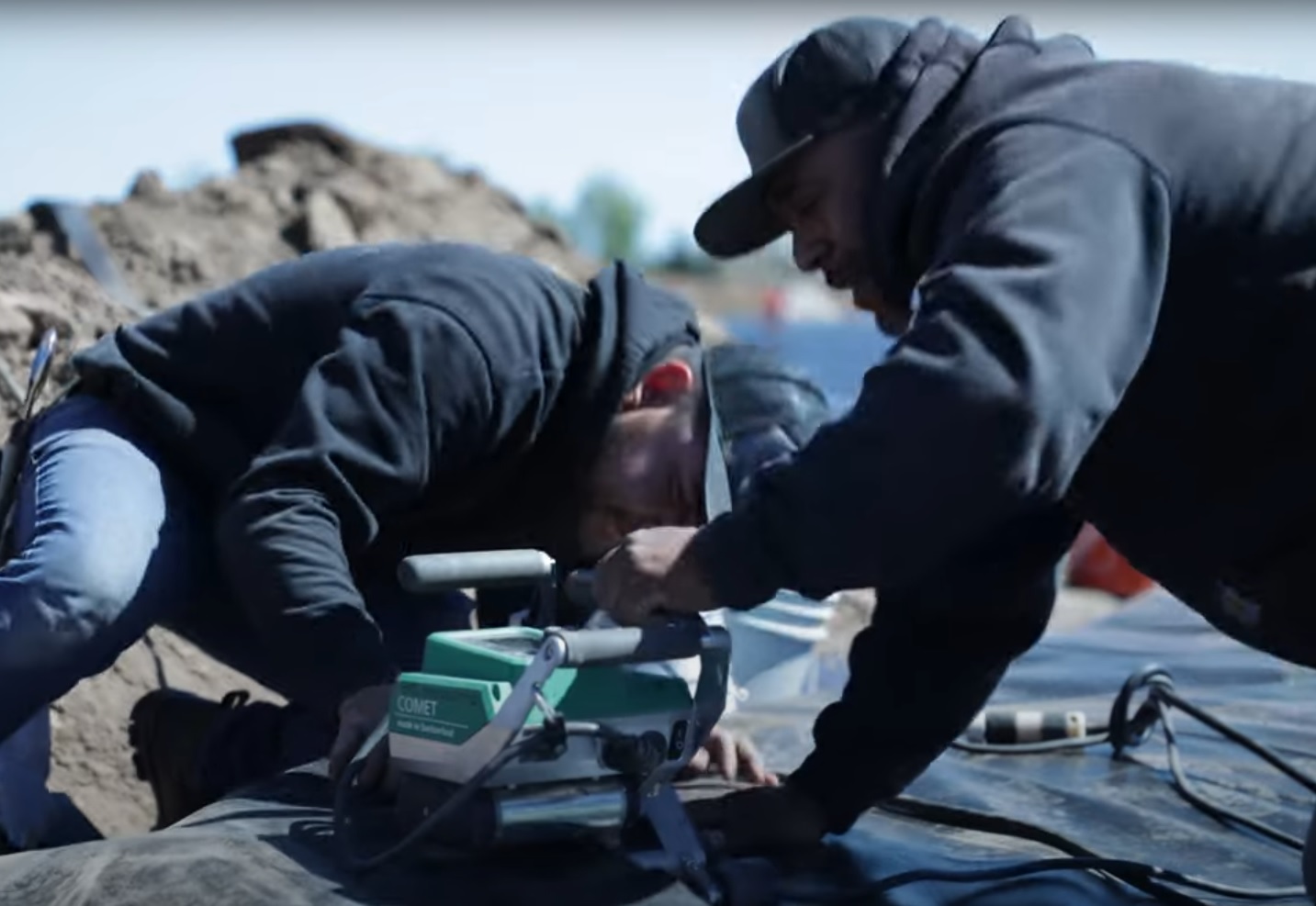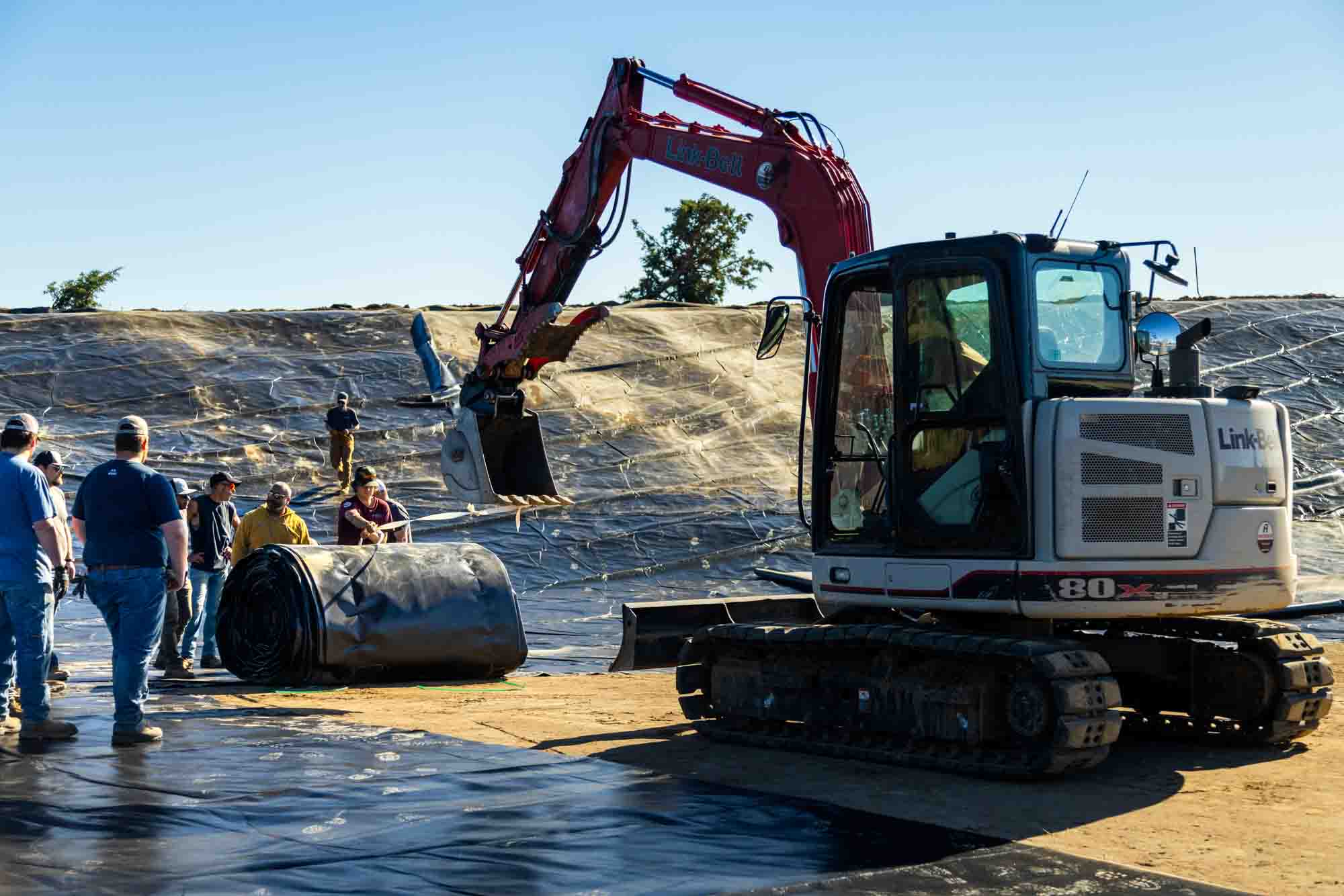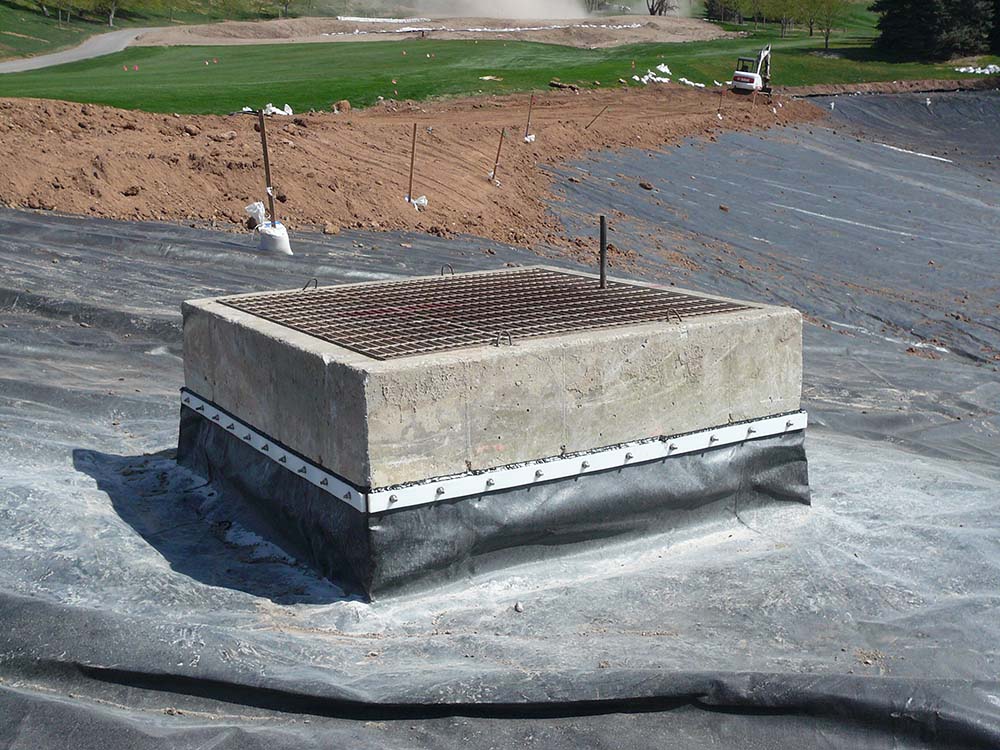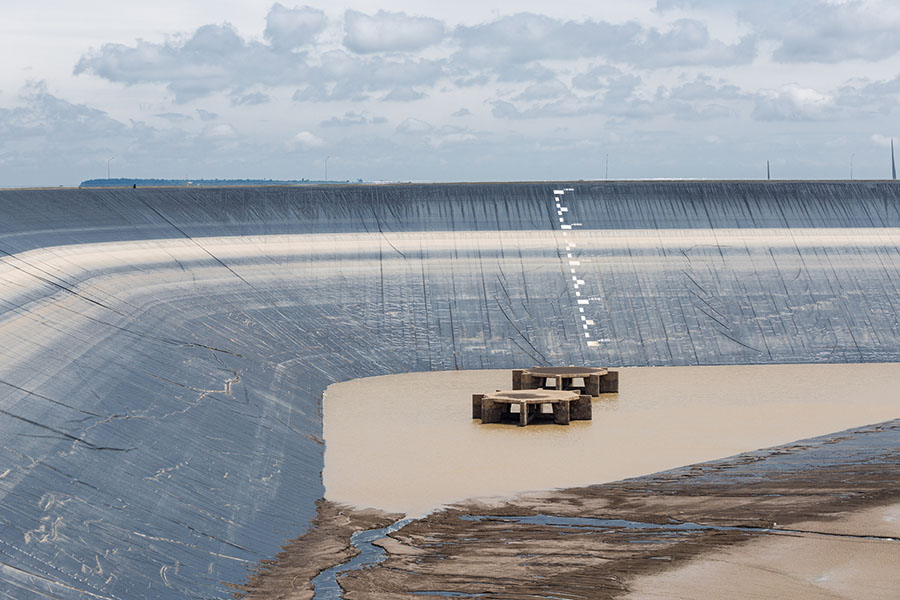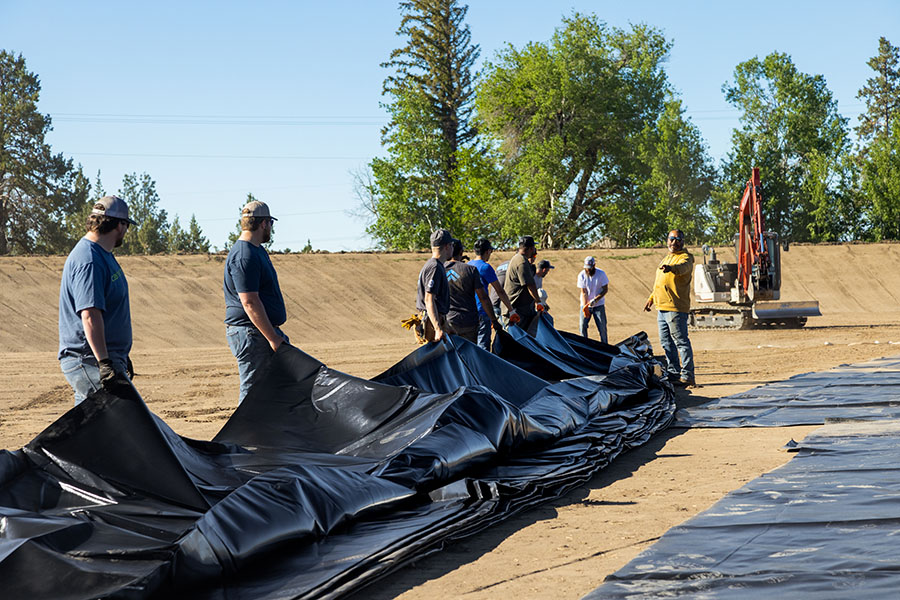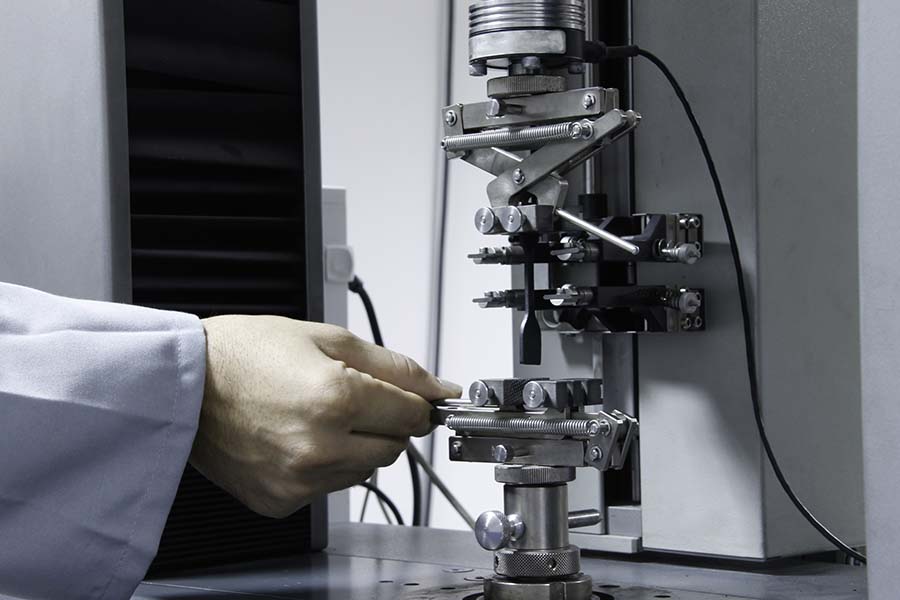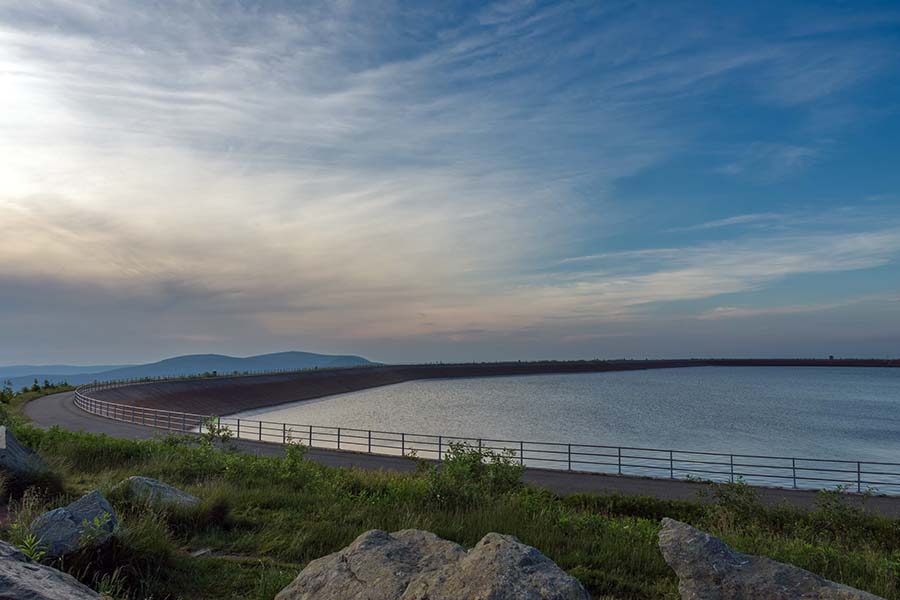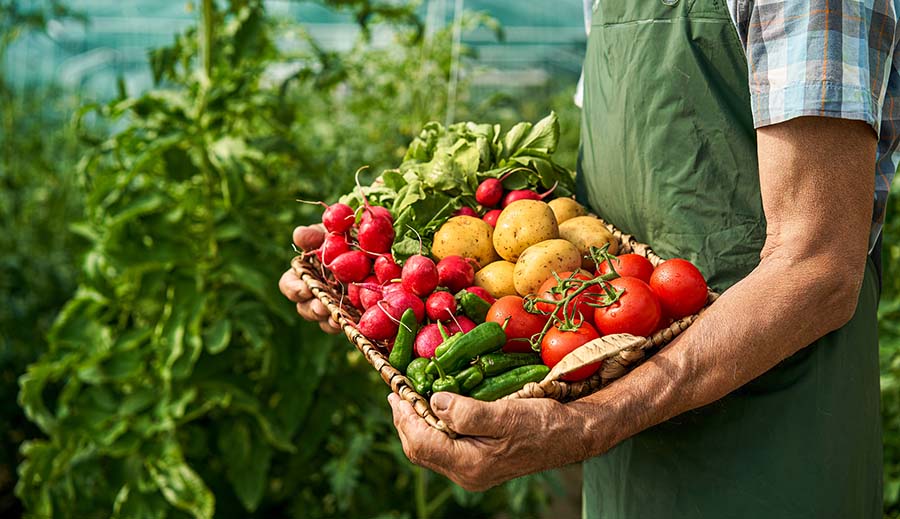Article Center
Harvesting and Dewatering: The Economic Bottleneck
You grew a perfect bloom, now can you afford to harvest it? We’ll examine dewatering and collection, the most expensive and challenging step in algae production
Managing the Bloom: Maximizing Productivity
Is your algae pond a top producer or just green goo? Master daily nutrient management to keep your algae culture in its most rapid and profitable growth phase.
Culture Inoculation and Establishment
Are you unwittingly setting your algae up for failure? Raise them to dominate the competition from day one with professional sourcing, scaling, and inoculating!
Pond Design and Construction: The Open Raceway System
Are you building a profitable industrial bioreactor or a pond of green goop? Learn why your liner is a keystone component for successful algae production.
Site Selection: Solving the Siting "Trilemma"
The biggest mistake in algae cultivation is made before the first pond is dug. Find the perfect site by balancing climate, resources, and logistical needs.
The Green Gold Rush: Algae’s Value in Industry
Most commercial algae ventures fail. Success in algae production isn't a fluke; it's a matter of engineering and control. Are you ready for the challenge?
Addressing Challenges With Silage Cover Integrity
Is your silage cover damaged or leaking? Protect your investment with practical tips on identifying, repairing, and preventing common silage cover problems.
Addressing Environmental Threats to Silage Covers
Wind and UV radiation can wreak havoc on your silage covers. Learn how to protect them, identify signs of trouble, and take measures to extend their lifespan.
Silage Covers and Animal Health: Ensuring Safe and Nutritious Feed for Livestock
Explore how quality silage covers protect and improve animal health and your bottom line by preventing mold, preserving nutrients, and enhancing palatability.
Extending Silage Life: Tips for Proper Silage Cover Management
Discover essential maintenance and repair tips to care for your silage covers and protect your feed. Includes cleaning, storage, inspection, and repair tips.
Silage Covers: Finding the Perfect Fit
Protect your silage investment! Discover key factors to consider and find the perfect cover for your bunker, trench, bag, or stack silo with our expert guide.
Sustainable Silage: How Covers Reduce Greenhouse Gas Emissions & Protect Resources
Learn how silage covers help reduce greenhouse gas emissions, prevent nutrient runoff, and protect valuable resources for a more profitable and sustainable farm
Silage Cover Innovations: Exploring the Latest Advancements in Cover Technology
Discover the latest innovations in silage cover technology including advanced materials, smart covers, and automation that will revolutionize silage management
Weighing In: The Essential Guide to Silage Cover Weighting
Weight your silage cover like a pro! This guide explores effective weighting methods, common mistakes to avoid, and tips for maximizing silage quality and minimizing waste.
Unlocking the Secrets of Silage Covers
Is your silage at risk? Learn how the right cover prevents spoilage, preserves nutrients, and maximizes feed value to improve your farm's efficiency.
Protecting Your Silage: A Complete Guide to Covers
Tired of spoiled silage? This guide explains how to choose the right silage cover to protect your feed, reduce waste, and improve your bottom line.
Pumped Storage Liners: Installation Quality Assurance (CQA)
Pumped storage liner installed? Don't sign off yet. This is the CQA chapter: your guide to non-destructive tests, destructive tests, and the final walk-through.
Installing Pumped Storage Liners: Field Seams and Weather
Don’t let a bad field seam sink your entire pumped storage liner project! Learn what separates a good weld from a bad one and the weather rules you can't break.
Installing Pumped Storage Liners: Logistics & Deployment
Installing a pumped storage liner isn't like rolling out carpet. Get Part I of our boots-on-the-ground guide to RPE installation: shipping through deployment.
The Pumped Storage Reservoir Liner: Panel Layout and System Details
Think your pumped storage liner design is done? The real devils are in the details. See our engineer's guide to panel layout, anchor trenches, and penetrations.
Designing for the Cycle: PSH Hydrodynamics and Stability
A PSH reservoir is a brutal environment for a liner. How to engineer for its unique hydrodynamics: hydrostatic pressure, rapid drawdown, uplift, and stability.
The Pumped Storage Foundation: Site, Subgrade, and System Layers
Don't just install a PSH liner; engineer its foundation! A professional guide to geotechnical investigations, subgrade prep, and multi-layer system design.
RPE Specifications for Pumped Storage
Engineers, this is your RPE data sheet for PSH liners. Get the key specs, from tensile strength to ESCR, and compare the ASTM standards used to define them.
RPE Liners in PSH Reservoirs: A Practical Guide for Project Teams
PSH construction is back, but the old playbook is obsolete. Get the modern engineer's guide to specifying and installing high-performance RPE liner systems.



